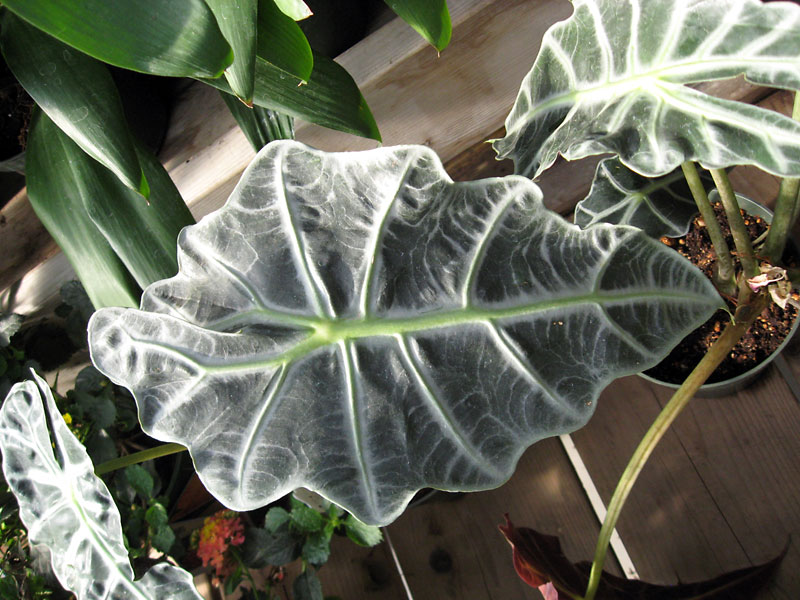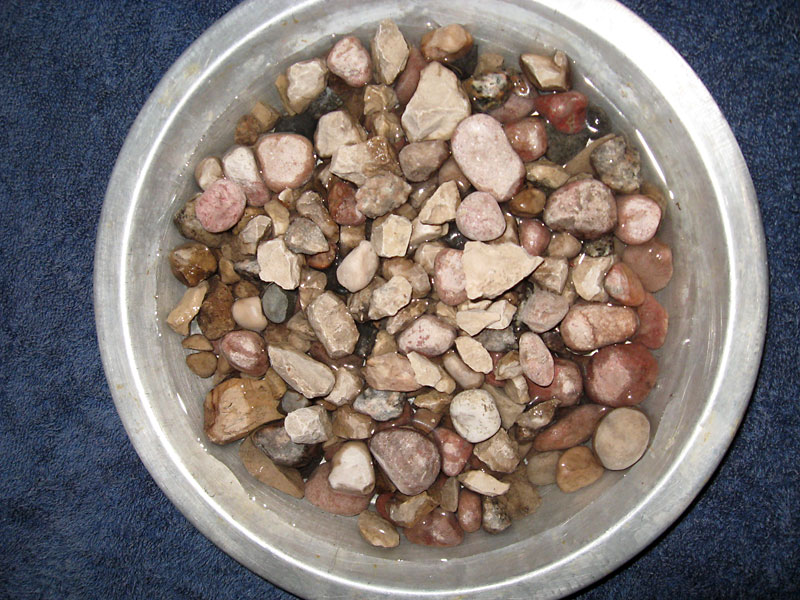Gone Gardenin’ – Your African mask will dazzle but it needs some lovin’
Advertisement
Read this article for free:
or
Already have an account? Log in here »
We need your support!
Local journalism needs your support!
As we navigate through unprecedented times, our journalists are working harder than ever to bring you the latest local updates to keep you safe and informed.
Now, more than ever, we need your support.
Starting at $15.99 plus taxes every four weeks you can access your Brandon Sun online and full access to all content as it appears on our website.
Subscribe Nowor call circulation directly at (204) 727-0527.
Your pledge helps to ensure we provide the news that matters most to your community!
To continue reading, please subscribe:
Add Brandon Sun access to your Free Press subscription for only an additional
$1 for the first 4 weeks*
*Your next subscription payment will increase by $1.00 and you will be charged $20.00 plus GST for four weeks. After four weeks, your payment will increase to $24.00 plus GST every four weeks.
Read unlimited articles for free today:
or
Already have an account? Log in here »
Hey there, time traveller!
This article was published 04/12/2014 (3999 days ago), so information in it may no longer be current.
I am not a big fan, either in my outdoor landscape or in my indoor garden, of growing pernickety plants. If I have to fuss over a plant and give it constant attention and worry about its survival, I am afraid I lose patience and usually discard it.
This attitude is much more pervasive in my outdoor garden than it is in my indoor garden and I think the reason for that is I am so busy in the summer that I don’t have time to coddle a particular plant.
During the winter, however, I garden at a much more leisurely pace and will sometimes attempt to grow a plant that is demanding — although the plant has to be special and be worth the effort.

Lately I have seen such a plant in several garden centres that I think would indeed be worth some extra effort if it was added to my indoor garden, and that plant is the African mask plant. Its real name is Alocasia, although it is sometimes called the African shield plant or the Kris plant.
Just to underline how misleading common names for plants can be, the plant is not an African plant at all; it was simply given these common names because its leaves resemble the hand-carved ceremonial masks of Africa. The plant originated in the tropical regions of the Philippine Islands.
African shield is a stunning foliage plant whose leaves have clean lines and crisp, defined colour. They are deep dark green and appear almost black in the right light. There are 40 species of Alocasia and some have blacker leaves than others.
The leaves are long — about 45 centimetres long — and pointed. The shiny surfaces of the leaves are accented by silvery-white veining and deeply scalloped edges which are outlined by the same bright white colour.
African shield plants grow about 30 to 50 centimetres high and are quite wide because of their large leaves, which project diagonally from the base of the plant from which they emerge. The plant is rhizomatous, meaning it grows from spreading rhizomes just beneath the soil, with their tops clearly visible on the soil surface.
When re-potting the African mask plant, it is vital that the tops of the rhizomes not be covered or the plant will die. That is just one of the specific requirements that this plant demands.
It is also very particular when it comes to the planting medium, if it is going to be kept happy. The medium must have excellent drainage and be well aerated — including sand and perlite in the mix will provide this requirement, and the soil must be able to retain moisture — so there must have some peat moss in the mix.

African shield requires high humidity and this is the requirement that makes the plant so challenging to grow. Using a pebble tray is mandatory and misting when possible is a good idea, as is including the plant in a plant grouping so that it can take advantage of the moisture given off by its companions.
Although the African mask plant makes a wonderful stand-alone specimen, for the above reason, it is not always possible to exhibit it in this fashion. When used by itself, it will add drama to the interior of a home with modern décor.
Preferring bright indirect light, the African shield plant will not tolerate direct sun, which will damage its leaves. It likes warm temperatures and during the winter it should not be located where it will get chilled.
It tends to go dormant in the late fall and early winter and in fact may lose some of its leaves. During this time, just enough water should be supplied to keep the soil damp; at other times of the year when the plant is in active growth, the soil should be kept moderately moist and not be allowed to dry out.
Maintenance of this plant includes wiping the leaves to remove dust and to keep them looking attractive and keeping an eye out for spider mites and scale, which are the two pests that are most likely to attack this plant.
If you are up to a challenge and want a gorgeous plant that will create a focal point in your home, whether used as a stunning specimen or as a centrepiece in a plant grouping, the African shield plant might be just the plant you are looking for.

Be prepared, however, to give it the TLC that it demands.
Albert Parsons is a consultant for garden design and landscaping who lives in Minnedosa.
» communitynews@brandonsun.com
